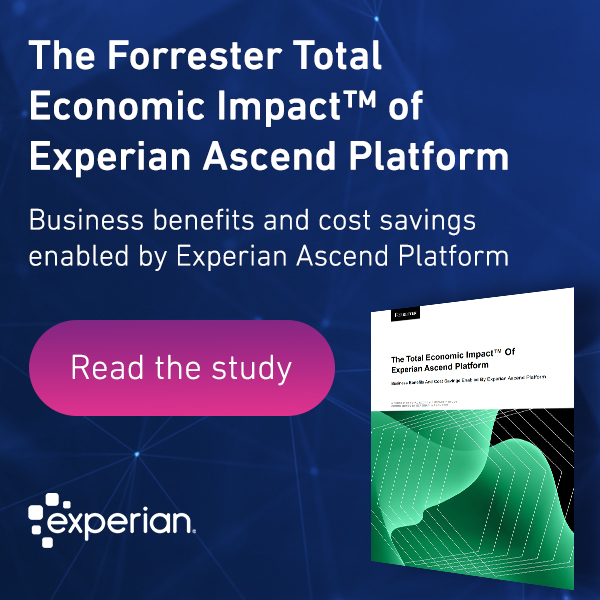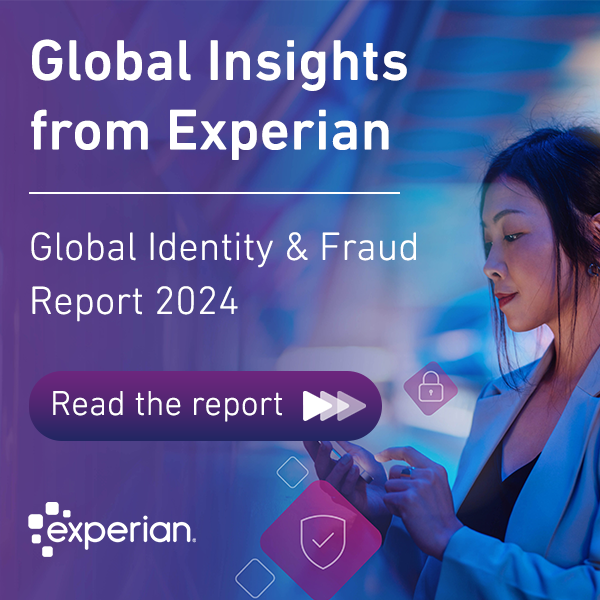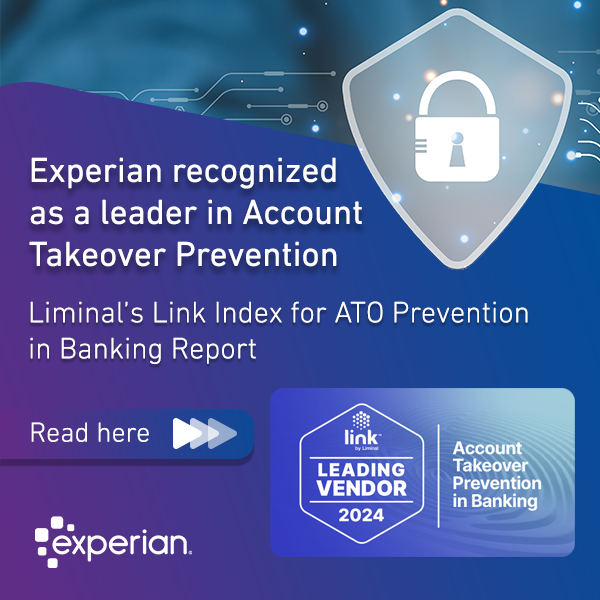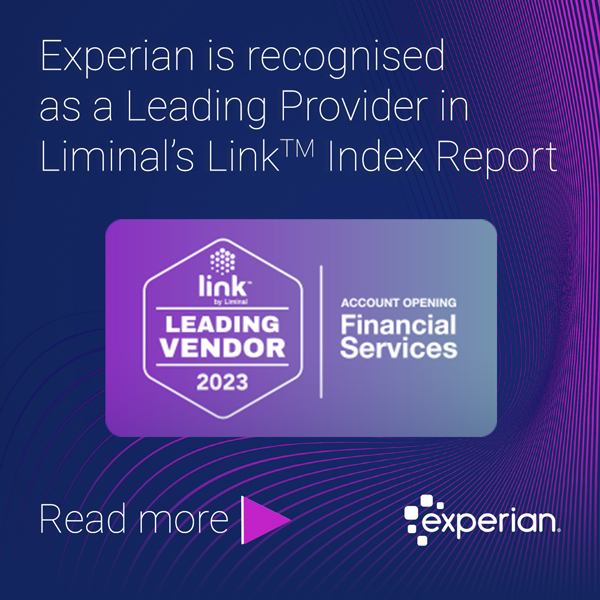 We may not always get what we want, but in many cases, if we feel that we were treated fairly, we’re satisfied. Our July 2020 global research reveals as much—in the survey, 52% of U.S. consumers that believed that organizations treated them fairly during the Covid-19 crisis said they’d give the company more of their business. Conversely, 76% of consumers who thought businesses treated them unfairly reported that they wouldn’t be returning customers.
We may not always get what we want, but in many cases, if we feel that we were treated fairly, we’re satisfied. Our July 2020 global research reveals as much—in the survey, 52% of U.S. consumers that believed that organizations treated them fairly during the Covid-19 crisis said they’d give the company more of their business. Conversely, 76% of consumers who thought businesses treated them unfairly reported that they wouldn’t be returning customers.
As we progress through the pandemic, fairness will become a critical component of the customer experience. Government support for workers and businesses in many countries is ending, and we’re likely only beginning to feel the real economic impacts. Financial institutions that prioritize fairness in their customer engagements—and leverage advanced analytics and automation to help—will likely retain more customers in the near-term and build relationships that last into the future.
We’ve only just begun
For most of the West, the pandemic began in earnest in March. The economic consequences were quick to follow. In our global survey conducted in July, two times as many consumers reported that they were having difficulty paying their bills compared to before the Covid-19 crisis. As a response, 20% of consumers said they were cutting back their discretionary spending, and another 13% reported that they’d dipped into their savings to make ends meet.
Around the world, those who were struggling reached out to financial institutions for help. A full 5% of global consumers enrolled in some form of financial assistance, including from savings and loan institutions, retail banks, insurance companies, and government programs. Hearteningly, more than half of these consumers said they’d had a positive experience. And as previously noted, a similar percentage felt they were treated fairly.
That’s the silver lining of an exceptionally challenging year. However, for consumers, the struggle will likely continue. Much of the support that financial institutions have provided came via government aid or mandates that are close to expiring. For instance, in the U.S., the CARES act required lenders to offer homeowners six months of fee-free forbearance on loan payments. With that grace period coming to an end,one lender reportsthat only 10% of borrowers have exited forbearance into a modified payment plan. Government assistance is running out, but the fact that entire sectors such as travel and hospitality remain incapacitated should still cause concern. Over the next year, consumers will likely continue to face financial obstacles, but with a shrinking safety net.
Streamlining fairness
Amidst the continued uncertainty, organizations should continue to prioritize fairness. Advanced data analytics can help with that task, and the technology also promises to make it easier and faster. Consider that in the 2008-2009 financial crisis, assessing a customer’s ability to afford a loan or credit product was primarily a manual process. Organizations faced backlogs of customers needing help and were unable to respond in a timely manner.
Today, financial institutions can use advanced analytics and machine learning to leverage data, with the specific aim of assisting customers in financial straits. For instance, it may not be feasible for banks to permit customers to remain forbearance for another six months. However, they can use data to quickly and accurately determine what payments customers can afford.
The technology enables organizations to scale their financial workout or accommodation efforts, reducing the manual workload. Just as importantly, the analytics also provides data to back decisions, making the process more transparent. There’s a big difference between thinking you’re being fair and being able to prove it. With an analytics program, organizations can inform customers exactly what they’re being offered and why. Understanding the data empowers customers to make better decisions about whether they accept any aid. In some parts of the world, regulators are also requesting similar assurance that the banks have provided options in the customers’ best interest.
A challenge—and opportunity
Fairness and trust are closely connected. And when it comes to the customer experience, incorporating both yields happier, more loyal customers. I often think back to work I did with a banking organization earlier in my career. Our NPS scores regarding our collections, recovery, and fraud team were quite good. It’s easy to assume that customers in financial distress may be less than pleased to be dealing with creditors or lenders.
But the dynamic shifts when you’re able to help them at the time they need it most. Now, thanks to data and advanced analytics, financial institutions can implement fairness at every turn—limiting the economic damage to customers, reducing their own risk, and enhancing their relationships along the way.
Related articles:




